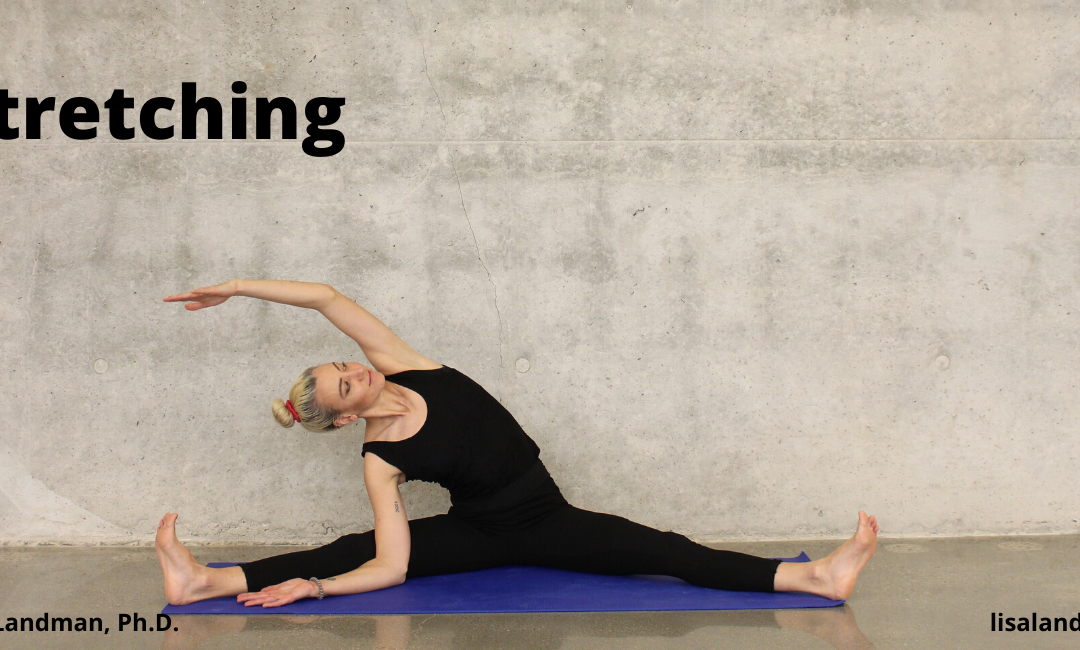Stretching used to be considered the main activity before a workout. But stretching can be useful in many other ways. While stretching is still beneficial prior to working out, many studies have shown that stretching is equally important after a workout and daily, in between workouts. Starting a program of stretching can provide many benefits including:
- relief from pain
- increased energy levels
- increased flexibility
- better range of motion
- greater circulation of blood
- relaxation and stress relief
- enhanced muscular coordination
- improved posture
One great benefit of stretching is improved flexibility. Better flexibility can improve your performance in physical activities and decrease your risk of injuries by helping your joints move through their full range of motion. As we age, our muscles tighten, and we have less range of motion in our joints. Simple activities that we once took for granted, like picking things up from the floor, can become difficult. A regular stretching program can help lengthen your muscles and make these daily activities easier.
Stretching also improves circulation of blood to the muscles and joints. Increased blood circulation brings nutrients to our cells and removes waste byproducts. Further, chronically tense and tight muscles contribute to poor posture, which in turn can affect the functioning of our internal organs, not to mention our appearance. Stretching the muscles of the lower back, shoulders and chest can help keep the back in better alignment and improve posture.
However, stretching must be done correctly to have benefits. Before you begin any stretching, it is very important to make sure you do it safely and effectively. While you can stretch anytime, you want to be sure to use proper techniques as stretching incorrectly can do more harm than good.
When stretching, you should focus on major muscle groups such as calves, thighs, hips, lower back, neck, and shoulders. Also stretch muscles and joints that you routinely use at work or play. And make sure that you stretch both sides but never bounce. Bouncing as you stretch can cause small tears in the muscle. These tears leave scar tissue as the muscle heals, which tightens the muscle even further, making you less flexible and more prone to pain. Hold each stretch for about 30 seconds and repeat each stretch three or four times.
Expect to feel tension while you are stretching, but not pain. If it hurts, you have pushed too far. Back off to the point where you do not feel any pain, then hold the stretch. In some cases, you may need to approach stretching with caution. If you have a chronic condition or an injury, you may need to adjust your stretching techniques. And do not think that because you stretch you can’t get injured. Stretching, for instance, will not prevent an overuse injury. Talk to your doctor, physical therapist, or personal trainer about the best way to stretch if you have any health concerns.
Stretching can be time-consuming but you can achieve the best benefits by stretching regularly. If you do not stretch often, you risk losing any benefits that stretching offered in the first place. Lastly, remember to breathe. Breathing is a necessary part of any workout, including stretching.

